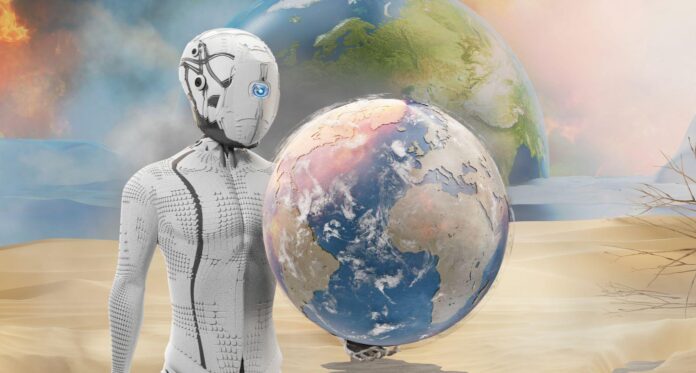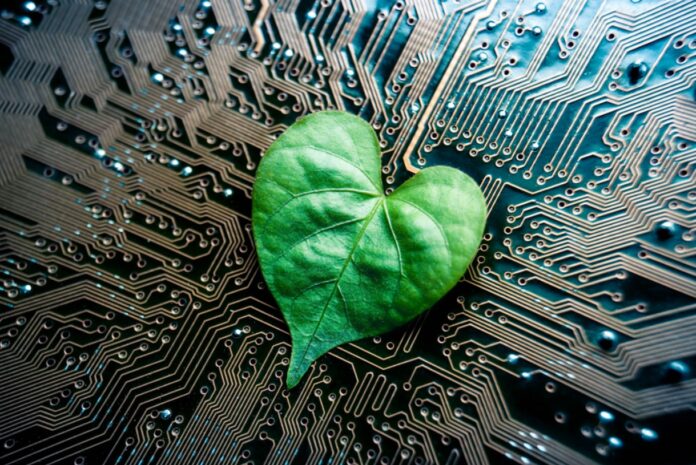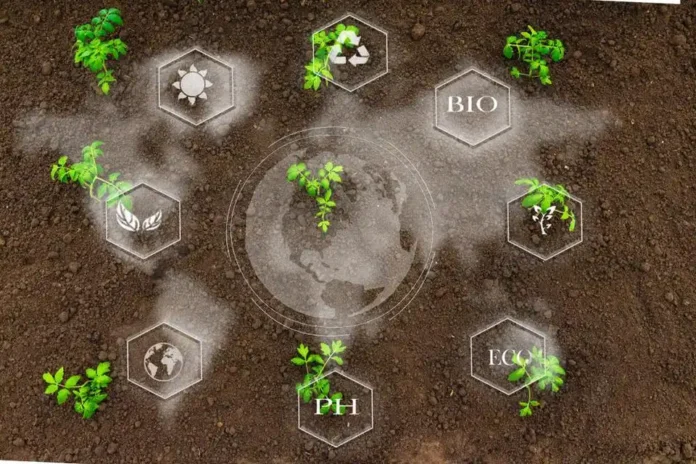The idea behind artificial intelligence is to ease people’s jobs and daily tasks and to make their life comfortable. It can be applied in many fields of life, and we can say that it’s one of the aspects that modern times really need.
But, when it comes to environmental issues, we all know that technology can both help and hurt nature, in different ways. It surely eases the overall job but also causes larger energy costs – which is not really efficient or sustainable.
So, we can say that AI has a mixed influence on the environmental aspects, and the quality of life. Many types of research show that it can solve plenty of ecology targets, and can adjust the energy-consuming, but it still takes a lot of labor and effort to train the machines to do that.
With all this said, we can say that AI can be sustainable and efficient in a limited number of cases, such as agriculture and crop production. For example, it can be programmed to decide how much fertilizer is enough, and how many times per day the crops need water.
AI can cover many other aspects too. But, how it can affect global climate change, and make this world a better place for all of us?
As we all know, AI is a method of machine learning. We teach the machine some patterns, and it implements them when needed. It’s widely used, and many companies already have AI experts in their teams. Others decide to hire design outsourcing companies who cover all the things needed for a process. Anyway, it all has an influence on the quality of our life.
AI and the climate change

There are so many benefits of using AI to fight against climate change, but still, it’s expensive and consumes a lot of energy. Training is possible, but if we limit the expense, it has a direct influence on efficiency.
So, we need to decide what is our priority, and what we want to accomplish by using these advanced solutions.
As we said, AI has already a positive environmental impact, because it helps organizations to share important data, and see how things are really going. This system is already applicable and optimized, even though it always needs some change for improvement.
There is a whole science field known as climate informatics, which is an integration between environment, climate change, and artificial intelligence. It can collect a large amount of data, predict patterns, and generate climate models, that help predict some weather conditions, and the influence they may have.
Also, it targets specific areas in the world, where the situation is really critical. By creating models, we are able to control some of the climate outcomes.
Can we make AI even more eco-friendly?

There is no simple answer to this. It takes a lot of time to create the behavior models and patterns, and AI still requires energy and labor for that. We can surely adjust some of the potential costs and decrease the carbon footprint, but the truth is that AI can’t be completely “green”.
So, what’s the struggle? It’s all about building devices and appliances that still consume a lot of energy, and the routers and antennas are a huge part of it. Also, the logistics can be an issue too. The telecommunication companies can have a huge influence too, because they also take a lot of space, so they can cover the needed area.
Keeping that in mind, we can say that the current situation creates an almost perfect balance between being pro-environment and the opposite. People need to realize that we can’t cancel a whole technology, so we can save the environment. Also, we can’t even deny that the situation is critical, even though we are all against deforestation and similar damaging things.
Can the situation become even better?

There is always an option for improvement. AI applications can create patterns and consume less energy, and we can expect that to happen in the next few years. People also expect that the governments will take their role seriously, implementing the solutions smartly.
This technology is already used to predict natural disasters, and analyze the previous patterns, so they can alert if something bad is about to happen. They are used in solar energy panels, wind power, and renewable resources. We can really see how things are going better, as time goes by.
But, we are also aware of the logistic challenges. But, we hope engineers know exactly what they do, and they are keeping all the aspects in mind when creating and implementing something new.
The good thing is that the people are finally aware of the environmental issues the huge tech development had over nature. Now, we all are trying to be more sustainable and to take care of the world we live in.
Surely, AI is not the only thing that affects both positively and negatively on this. There are so many other things that we should care about, so we can bring our planet back, as it was a few decades ago. Of course, that’s not completely possible, but we can still hope that there will be good days to come.
Conclusion

At the end of this article, we can say that no one can ever be against tech development, especially when we see how it changes our lives for good. Also, we can all try to be more sustainable, by changing our everyday habits.
Every individual can do a lot, even though it seems like a minor influence. But, we all know that today’s life is not possible without modern technologies, including AI-advanced solutions.
What we can do is focus on the quality of our life, and fight the best we can, so we can protect both our living comfort and the environment. Or we can at least try to do that.
We hope that now you understand the perfect balance between AI and environmental issues, but also, that things can get better in the future too.







